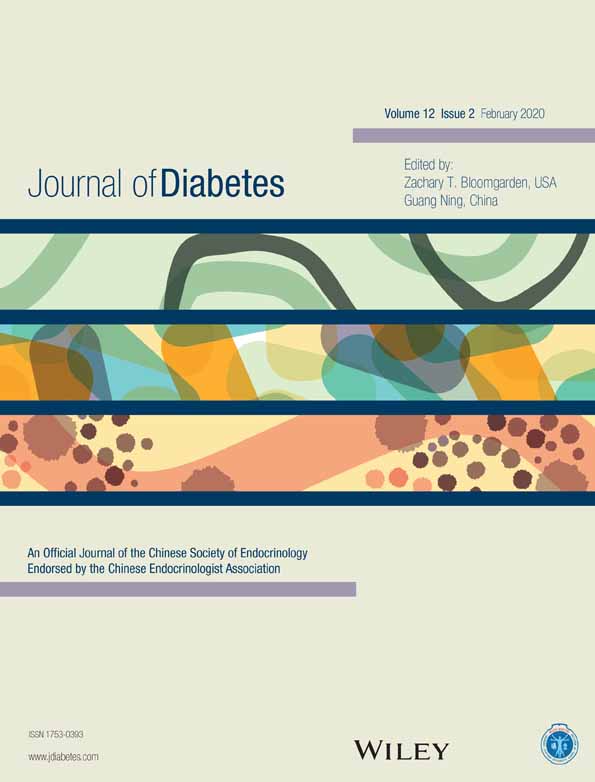The relationship between adult height and diabetes in India: A countrywide cross-sectional study
印度成人身高与糖尿病的关系:一项全国性横断面研究
Abstract
enBackground
One major aspect of the epidemiological transition happening in India is the increased diabetes prevalence. Poor environmental conditions in early childhood potentially can increase the risk of developing diabetes in adulthood. Adults' height as an indirect indicator might reflect such conditions. In this paper, we investigate the relationship between adult height as a proxy for early childhood conditions and the risk of developing diabetes in India.
Methods
This cross-sectional study used national representative data of the latest National Family Health Survey (2015-2016), comprising 512 616 women aged 20 to 49 and 87 281 men aged 20 to 54. We applied the multivariable fractional polynomials approach in logistic regression models to allow for nonlinear relationships between height and diabetes, separated by sex. Additionally, we fitted logistic regression models with height categories. Fixed effects linear probability models were used to control for potential confounding.
Results
The study revealed a linear relationship between increasing height and increasing diabetes risk among men. Among women, the shortest were at the highest risk (not significant).
Conclusions
Among Indian men, being taller increases the risk of developing diabetes, which contradicts findings from other countries. In contrast, the shortest women seem to be at the greatest risk. Hence, public health interventions in India might be well advised to focus more on the nutrition status of young girls.
摘要
zh背景
印度流行病学转变的一个主要方面是糖尿病患病率的增加。儿童早期处于恶劣的环境中可能会增加成年后发生糖尿病的风险。成年人的身高作为一个间接指标, 可能反映了这种情况。在本文中, 我们将印度成人身高作为代表儿童早期所处环境的指标, 调查了成人身高与糖尿病发病风险之间的关系。
方法
这项横断面研究使用了最新全国家庭健康调查(2015-2016)研究的数据, 这些数据具有全国代表性, 其中包括512 616名20-49岁女性和87 281名20-54岁男性。我们在logistic回归模型中应用了多变量分数多项式方法, 来评估身高与糖尿病之间的非线性关系, 并按照性别分组。此外, 我们将身高分类以拟合逻辑回归模型。使用固定效应线性概率模型校正潜在的混杂因素。
结果
这项研究揭示了男性身高与糖尿病风险之间存在正性线性关系。在女性中, 最矮女性的风险最高(无显著意义)。
结论
在印度男性中, 身高会增加糖尿病的风险, 这与其他国家的研究结果相矛盾。相比之下, 身材矮小的女性似乎风险最大。因此, 建议印度公共卫生干预机构最好更多地关注年轻女孩的营养状况。
CONFLICT OF INTEREST
The authors have no conflicts of interest.




